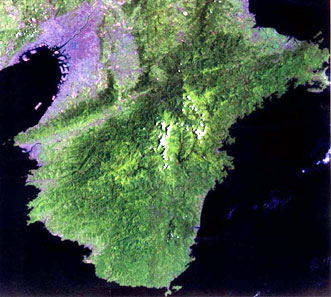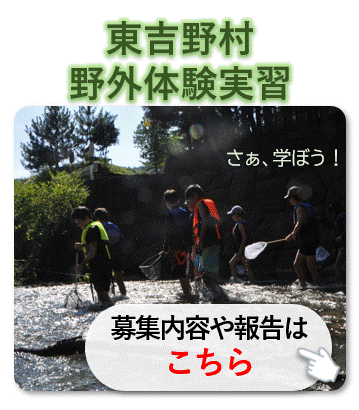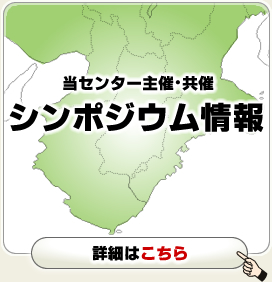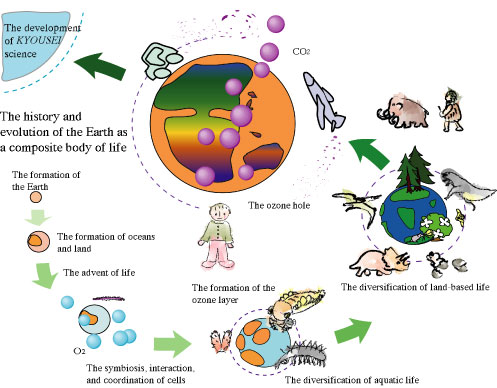 |
This center was established on April 1, 2001, with the purpose
of creating a new field of comprehensive environmental science
whose goal is the preservation and regeneration of the environment
and biodiversity. Currently, increased land consumption for human habitation,
mass-production, massive pollution, et cetera, are causing
major disruptions to the Earth's precious environment. Climate
change, acid rain, ozone depletion, industrial pollution,
dioxins, endocrine-disrupting chemicals, wildlife extinction,
and ecosystem destruction, have become enormous global environment
issues. Setting the Nara region and the Kii Peninsula as representative models for temperate zones, we aim to use new techniques to reveal a comprehensive picture of the region. As well, we aim to advance widespread discussion about human activity which promotes the regeneration and upkeep of the natural environment. |
The Kii Peninsula contains one of the world's major heavy rainfall zones, and the climate, which alternates from subtropical to subarctic regions, makes for abundant forests, rivers, and coastal life. Ancient records of the interaction between humans and nature exist for the Kii Peninsula, which contained the heart of ancient Japanese civilization. In this region, which contains two World Cultural Heritage sites, the study of history and archaeology is being energetically pursued. Much of this work concerns research and records of natural history, including especially the work of Suizan Kuroda in the late Edo Period, followed by the prominent work of Kumagusu Minakata. Following the lead of these pioneers, many research groups have flourished which focus on Kii Peninsula nature and wildlife. |
|
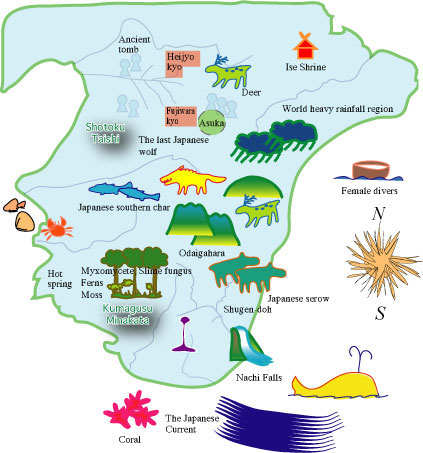 |
|
| At Nara Women's University, Matsunae
Tsuda of Freshwater Biology,
and Takuji Koshimizu of Botanical
Research have taken up the call for continued progress.
As well, satellite research is recently being used to study
fields such as natural geography, global environmental biology, and animal behavior research. A base
for this research has been established as a branch
of the Center (in Higashi Yoshino Village, Nara Prefecture). We hope the united research into the region's varied history and natural history will help direct our steps into the future. |
|

